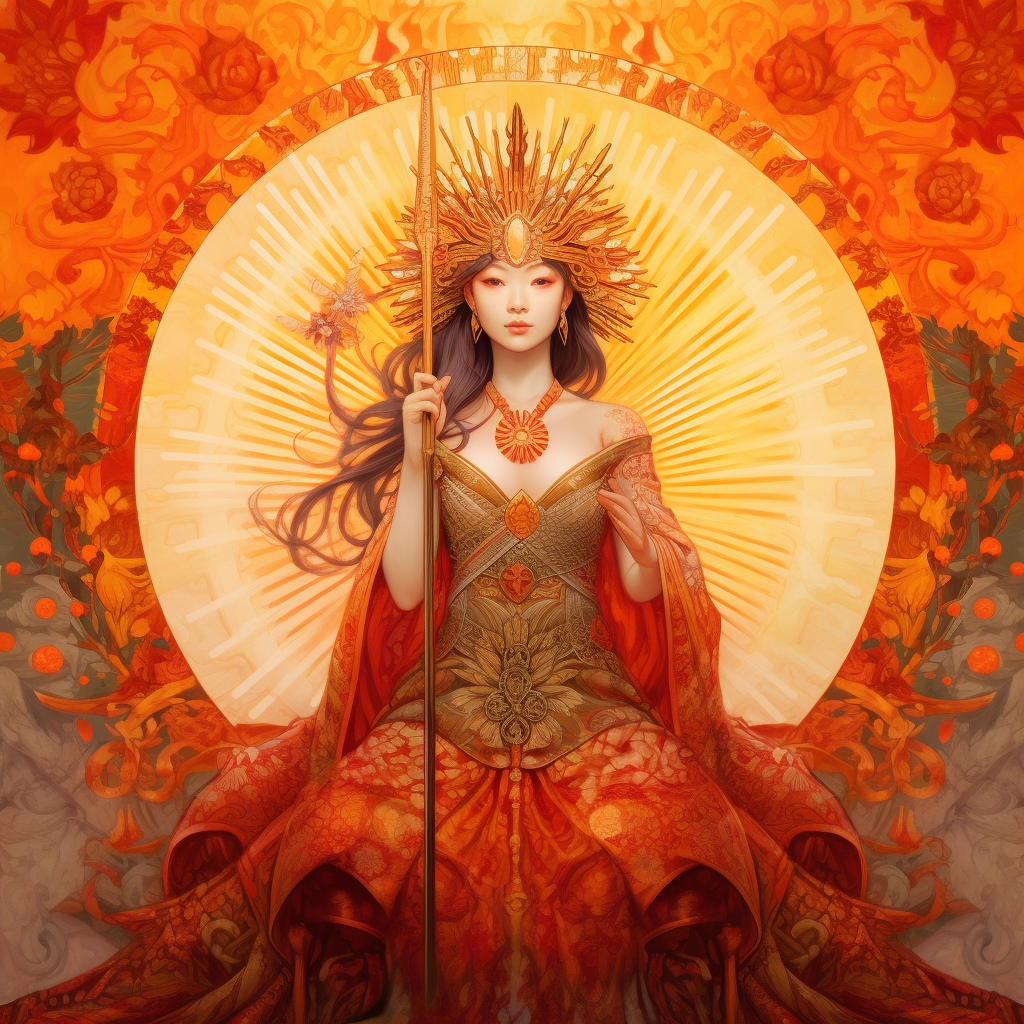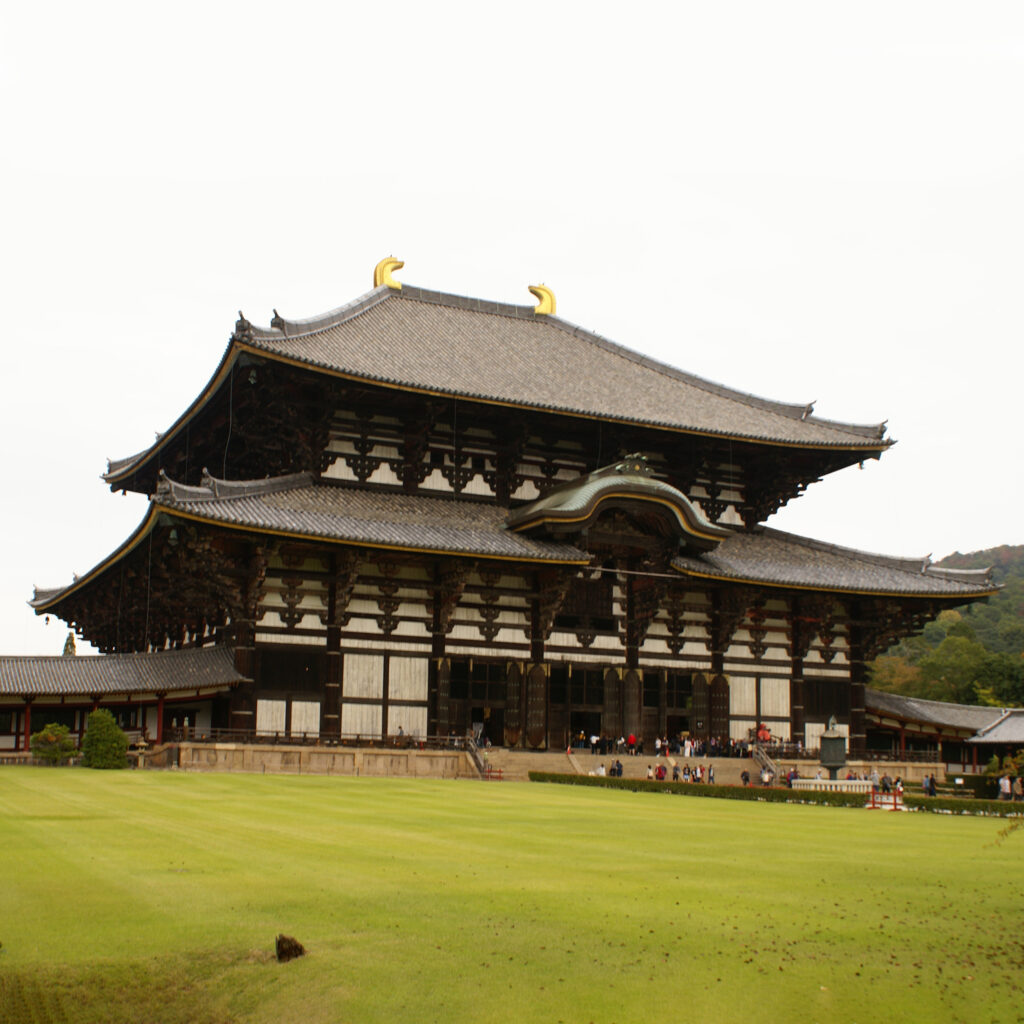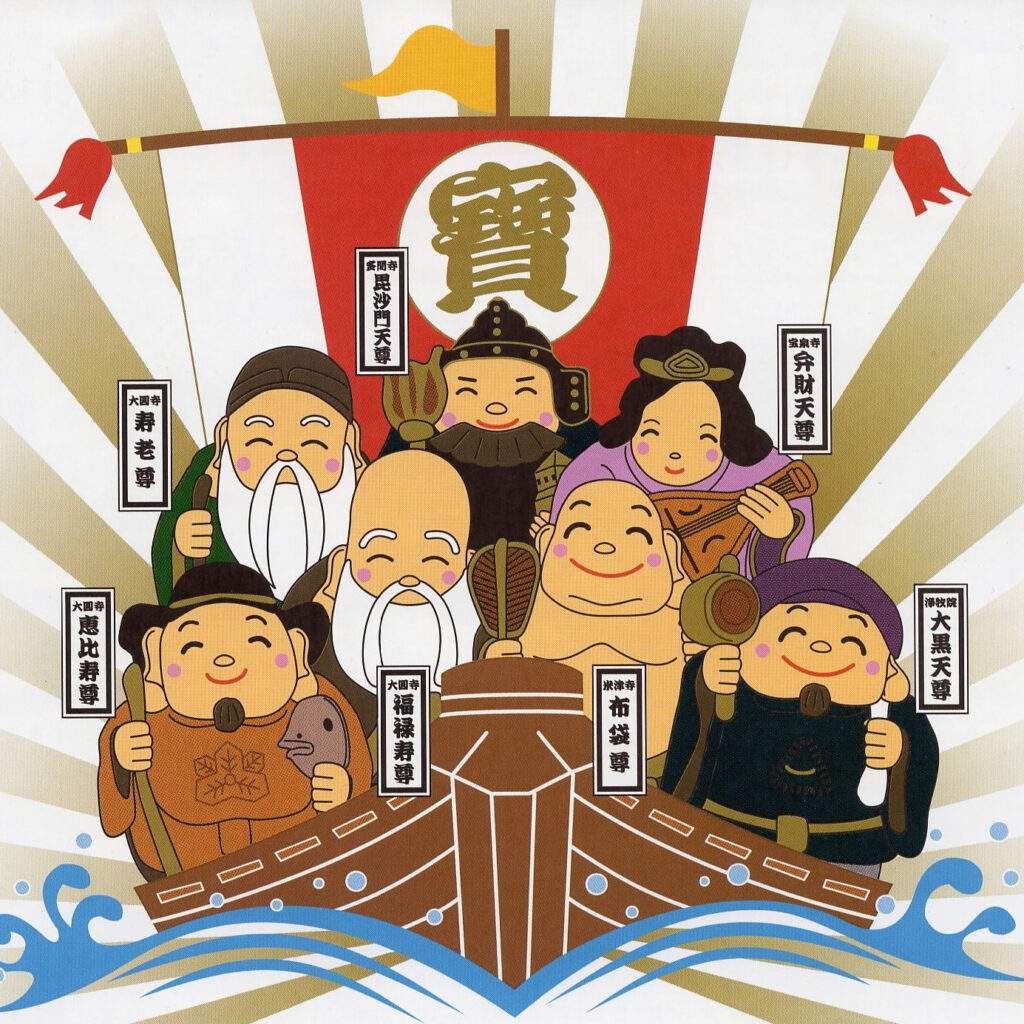Amaterasu is one of the most revered deities in the Japanese pantheon, playing a central role in the country’s mythology and spirituality. As a solar goddess, she embodies light, warmth and fertility. In this article, we delve into the fascinating world of Amaterasu, exploring her origin, attributes, legends and impact on Japanese culture and religion.
Amaterasu’s origin and genealogy:
Amaterasu is considered one of the deities born of the union between Izanagi and Izanami, the creator gods of the Japanese pantheon. She was born when her father, Izanagi, purified himself after visiting the realm of the dead. Amaterasu thus became the goddess of the sun, while her brother, Susanoo, became the god of storms.
Amaterasu’s attributes:
Amaterasu is often depicted as a beautiful goddess dressed in resplendent sun garments. She is associated with sunlight, which represents life, warmth and growth. As a solar goddess, she is considered the source of all energy and vitality in the world.
Amaterasu in Japanese religion and culture:
Amaterasu has been revered for centuries in Japan, and is considered the ancestor of Japanese emperors. The Ise sanctuary, dedicated to Amaterasu, is one of the country’s most sacred sites. Her influence can be seen in many aspects of Japanese culture, including festivals, the arts, music and traditional ceremonies.
Symbolism and significance of Amaterasu:
Amaterasu represents much more than just a solar goddess. She embodies values such as justice, wisdom, prosperity and protection. Her role in Japanese myths and legends underlines the importance of light, harmony and the preservation of life.
The legends of Amaterasu:
Amaterasu, the solar goddess of the Japanese pantheon, is surrounded by many fascinating legends. Here are some of the best-known legends associated with Amaterasu:
- The Retreat to the Celestial Cave: In this legend, Amaterasu retreats to a celestial cave after a dispute with his brother Susanoo, the god of storms. His retirement plunges the world into darkness, causing disaster and widespread despair. The other gods try to get her out by putting on a cheerful show outside the cave entrance, which eventually catches her eye and pushes her out. The light then returns to the world.
- The Creation of the Sacred Mirror: According to this legend, Amaterasu entrusts his grandson, Ninigi-no-Mikoto, with a sacred mirror called Yata no Kagami. This mirror is considered one of the Three Imperial Treasures of Japan and is associated with the goddess herself. It is believed to reflect purity and truth, and is used in Shinto rituals.
- The Goddess of Silk: Another legend tells that Amaterasu is also the Goddess of Silk. According to myth, she taught Japanese women how to raise silkworms and weave silk. This legend highlights the importance of silk in Japanese history and culture.
- The Goddess’ Reflection: In this legend, Amaterasu observes her own reflection in a pond and is struck by her own beauty. This boosts her self-esteem and confidence as a Sun Goddess. This legend symbolizes the importance of self-esteem and acceptance of one’s own inner light.
These legends and many others contribute to the mythological image of Amaterasu as a powerful and benevolent sun goddess, playing a central role in Japanese cosmology and spirituality.



